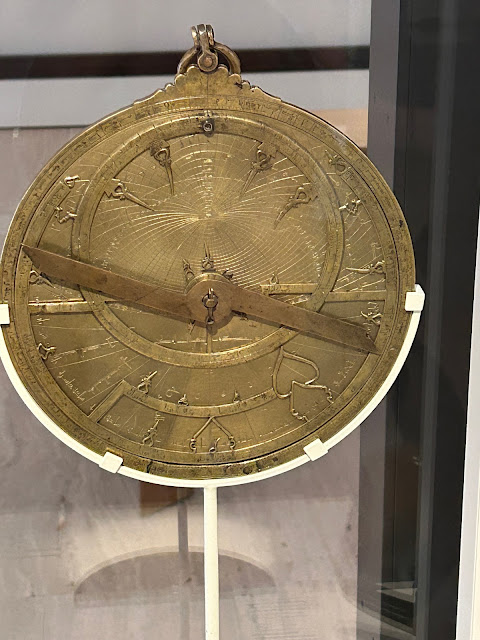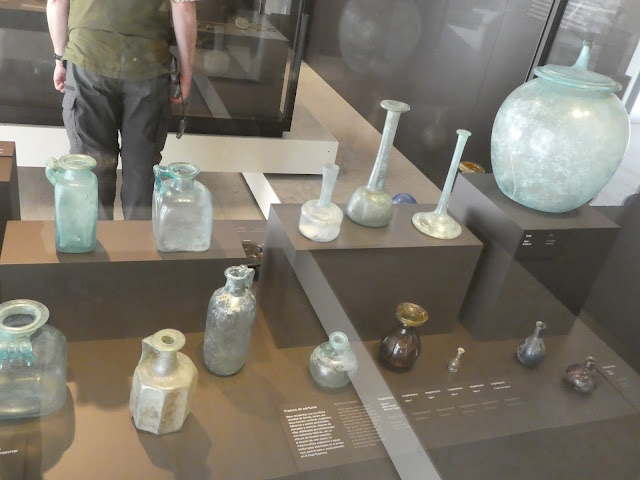These are the pictures taken on our last full day in Spain. Enjoy.
Headings
Tuesday, 15 August 2023
Spain Day 21e - Streets of Madrid
Spain Day 21d - MAN Part 3 - Byzantine and Islamic Sections
Here we started to rush as on the Thursday before Good Friday, public buildings close earlier in the afternoon.
Objects from the the Guarrazar hoard, from between 621 and 672 CE.
Spain Day 21c - MAN Part 3 - Roman Iberia
There are many unique items in the MAN that I have not seen elsewhere and/or were distinctive in their quality.
3rd Century mosaic of a gladiator fight.
Wednesday, 2 August 2023
Spain Day 21b - MAN Part 2 - Bronze and Greek eras
The Bronze age in Iberia was from 2200 to 1300 BCE. Cultural diversity begins to be more apparent and easier to identify for modern archeologists. It is also the time where differences in economic status become more pronounced.
Gold plaques make up this belt showing the god-hero Melqart fighting creatures real and imagined.
Spain Day 21a - MAN Part 1 - Background and Prehistory Section
The MAN, or Museo Arqueologico Nacional (National Archeological Museum), was founded in 1867 by Isabella the second. It started with the royal collection of historical items. Its current location was finish in 1892 as a purpose built location for the museum.
The sphinx, keeper of knowledge.
Baskets and sandals also made from esparto grass.
Cut from schist or slate, these plaque idols from Cespedes farm are found throughout the Southwestern Iberian peninsula. Even though they look alike none have been identical.






















































